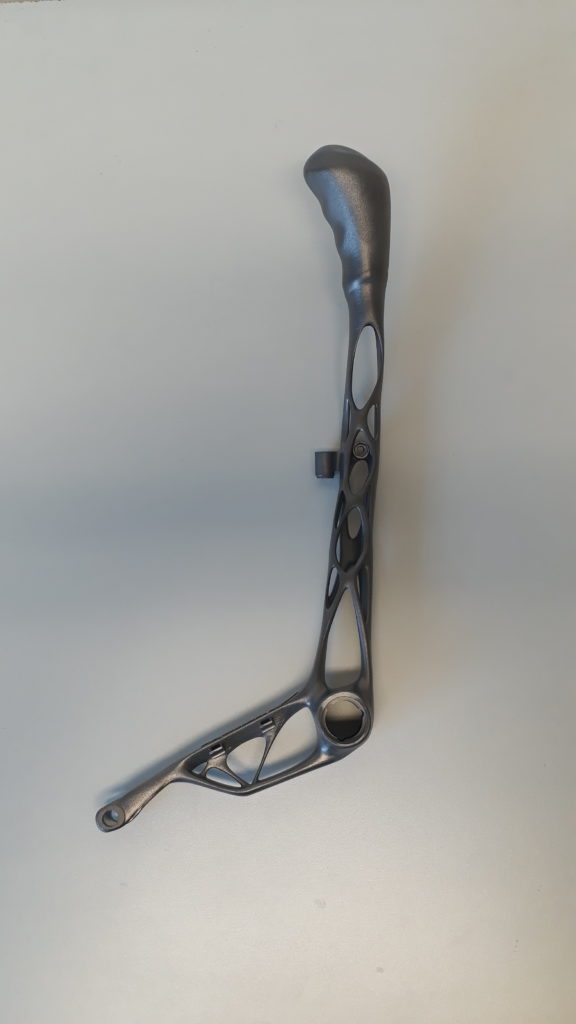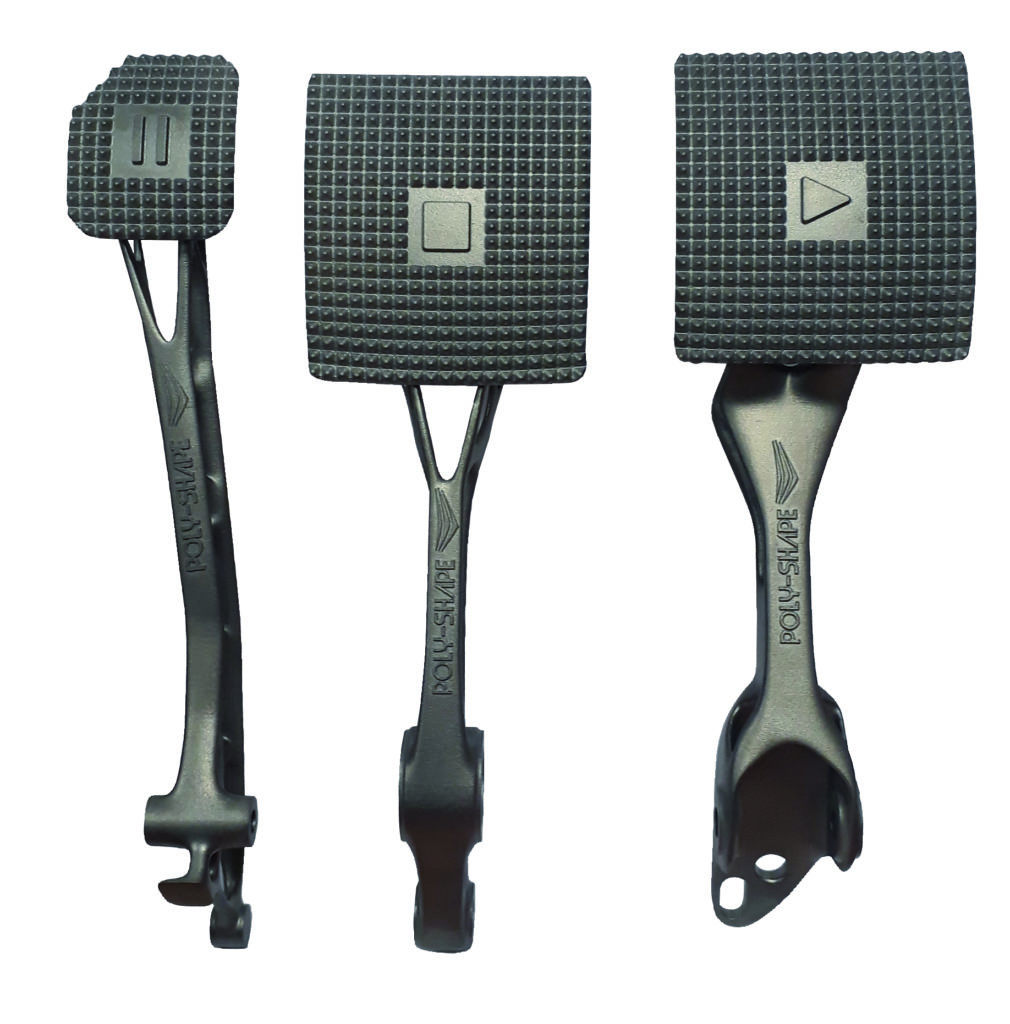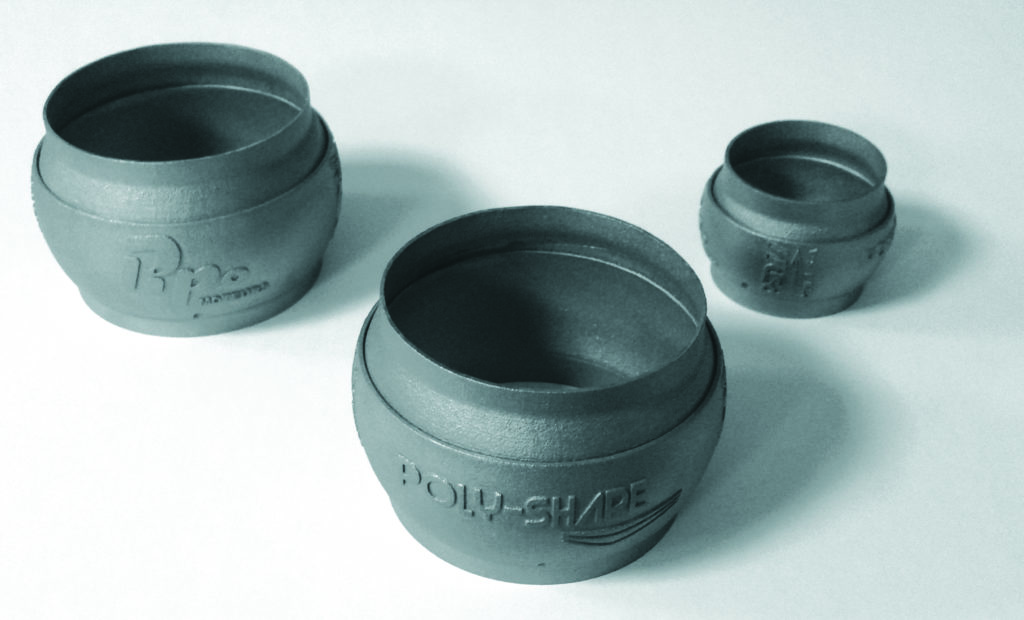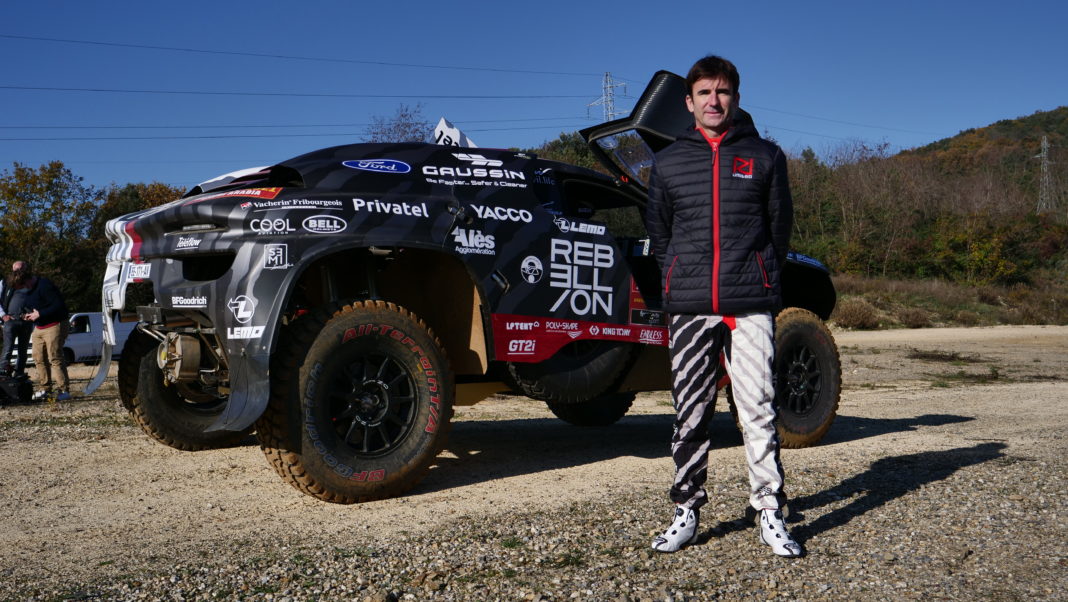The 43rd edition of the legendary Dakar rally takes its competitors in search of performance to Saudi Arabia since January 3rd until January 15th, 2021. Some familiar legends of the sport, and some new ones, get their adventure underway in style.
Among the big names is the famous driver Romain Dumas who competes with his buggy DXX car. To push the boundaries of performance, the official Porsche driver worked with France-based AddUp subsidiary Poly-Shape on the production of a range of metal 3D printed parts for his car.
This was not the first collaboration of the two parties that had first worked together in 2017, when the racer won the Pikes Peak Race, USA, with a car equipped with a metal 3D printed hub carrier.
As you may guess, extreme sports like this rally raid race require highly reliable cars that must continuously deliver high performance. Two of the most pivotal factors are lightness and robustness, both of which can be improved through the use of metal AM.
The production of metal 3D printed parts for the buggy DXX
Poly-Shape fabricated several parts for Dumas, using Laser Beam Powder Bed Fusion (PBF-LB) and titanium as main production material and Inconel. Among them were an ergonomic gear lever in the passenger compartment, the three pedals of the car and an Inconel® exhaust ball joint.
The team at Poly-Shape 3D printed in Titanium the knob of the gear level to the exact shape of the driver’s hand to simplify his driving experience. Thanks to the use of topological optimisation, the gear lever benefited from a 60% mass reduction compared to the conventionally-manufactured equivalent and resulted in raw material savings – thus, a lower production cost.

Furthermore, using AM has allowed for the integration of more functions. The newly integration of a cable gland has enabled the strain gauge installed on the gear lever to be fed without disturbing the race-driver.
As far as the other metal 3D printed parts are concerned, Dumas benefitted from an average weight saving of 42% with the newly designed pedals compared to the original ones. The pedals were manufactured according to the forces exerted by the driver during the race and offered higher sturdiness thanks to the use of titanium.

As for the ball joint, it should be noted that it had already been equipped on cars competing in the World Rallycross Championship (WRX). French engineering company Pipo Moteurs reached out to Poly-Shape for a solution that would improve its exhaust line bellows, which were prone to break or cause fires during races.

Poly-Shape and Pipo Moteurs have therefore optimized the design so that the part can meet the geometrical, mechanical and thermal constraints imposed by the engines and the manufacturing constraints of metal 3D printing.
Remember, you can post free of charge job opportunities in the AM Industry on 3D ADEPT Media or look for a job via our job board. Make sure to follow us on our social networks and subscribe to our weekly newsletter : Facebook, Twitter, LinkedIn & Instagram ! If you want to be featured in the next issue of our digital magazine or if you hear a story that needs to be heard, make sure to send it to contact@3dadept.com






